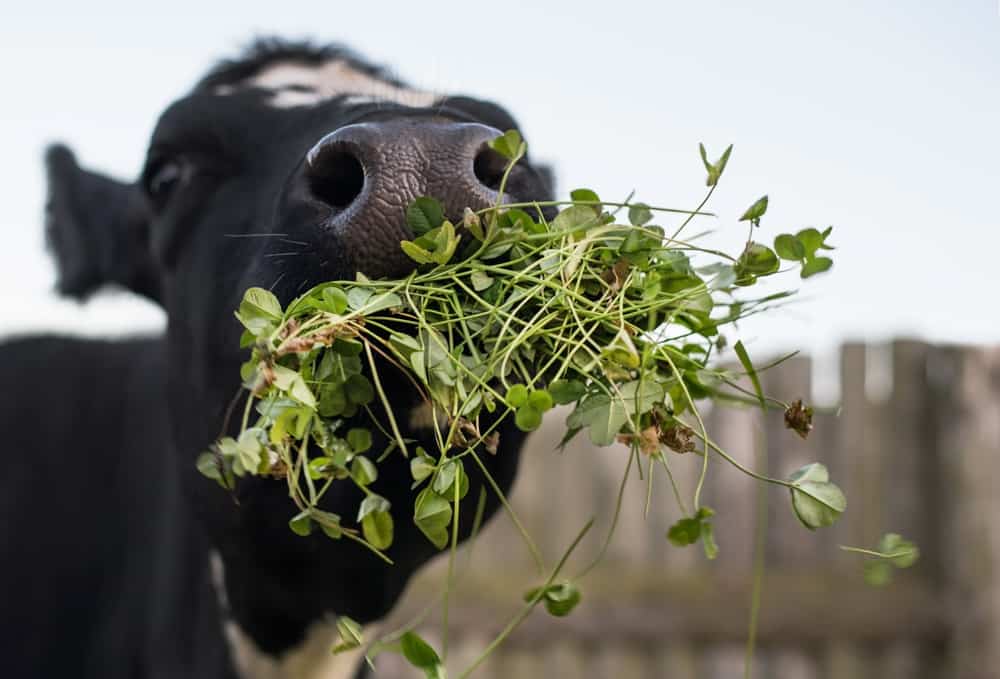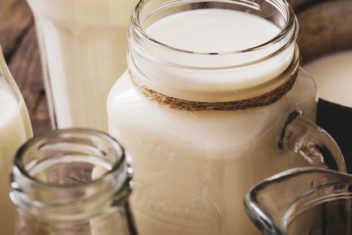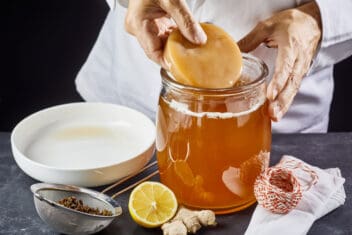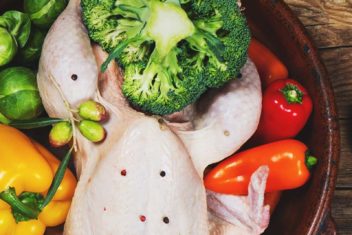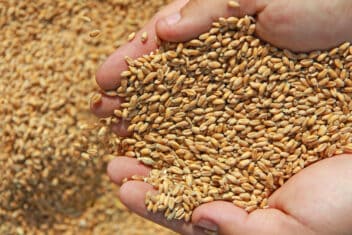Grocery shopping has become a bit of a minefield. Is it better to buy grass-fed beef, or can I just buy a big hunk of grain-fed beef? What’s the difference, anyway?
Maybe you’ve been buying grass-fed beef for years, but the rising prices make you reconsider. Or, perhaps you’ve heard grass-fed beef is healthier than grain-fed and are trying to improve your diet? Are you thinking about raising some cattle of your own and aren’t sure which way to go?
It can be difficult to tell what’s a marketing gimmick and what makes a real, noticeable difference in how your food was fed and raised.
What Does It Mean To Be “Grass Finished?”
Food can be a touchy subject. With prices rising and supplies falling, many of us wonder what to compromise on. What about meat – can I afford it at all? Or is it ok to compromise on quality? What are the facts?
Cattle spend most of their lives eating grass and hay. They’re often fed a diet of grass and hay mixed with some supplemental grain (usually in pelleted form or as corn or soybeans). Supplemental grains help cattle put on weight quickly. Grain-fed beef animals reach market weight sooner, producing fattier, more tender cuts of meat in general.
“Grass-fed” beef refers to cattle fed a diet almost exclusively made up of pasture, hay, and silage. But grass-fed beef can also be grain finished.
This means that while the animal ate grasses for most of its life, it was given some supplemental grain near the end of its life to boost weight gain and add a little fattiness. Grain during these last 4-6 months can change a lot about the meat’s flavor, texture, and even health benefits.
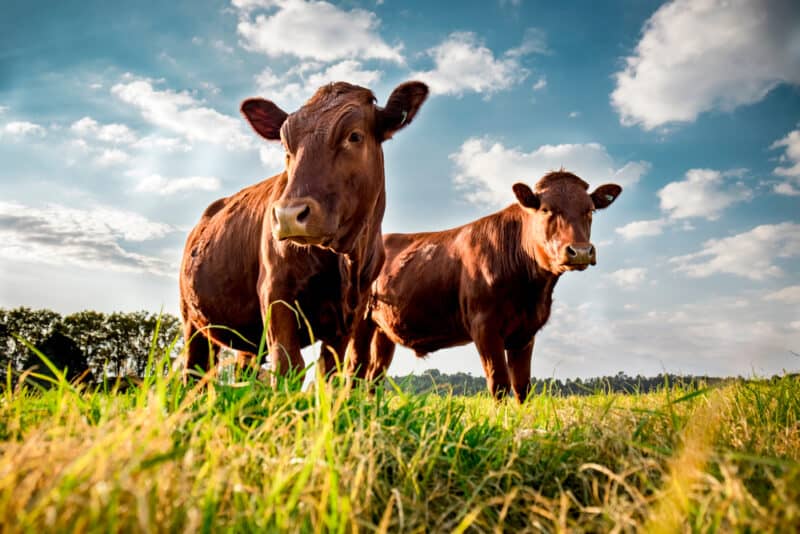
Grass-finished beef refers to beef that was grass fed throughout its entire life without being given any supplemental grains.
Grass-finished beef tends to be leaner than grain-fed beef, with less marbled fat throughout each cut. Grass-finished beef also tends to have a more complex flavor – some people say it’s slightly gamey, though I’d say it tastes more beefy.
The difference in flavor may be in the type of grass the animal ate for most of its life. Large-scale grass-finished beef tends to eat primarily commercial hay and silage, while small-scale beef eats more forage on pastures with a greater variety of plants.
Is Grass-Fed Organic?
Many people treat grass-finished beef as comparable to organic beef, but the two differ. Since we often imagine grass-fed cattle wandering freely through green pastures and consuming nothing but fresh, green grass – we assume they’re not getting anything that’s not organic.
In reality, grass-fed beef can get just as many antibiotics and “growth-promoting hormones” as cattle fed on grains and grasses.
Unless your store-bought, grass-finished beef specifically says “USDA organic,” assume that the cattle were given antibiotics or hormones.
Of course, if you buy beef direct from the farm or raise your own, labels are less important. You can ask your local farmer how he feeds his animals, how often he uses antibiotics, and whether or not he uses growth-promoting hormones.
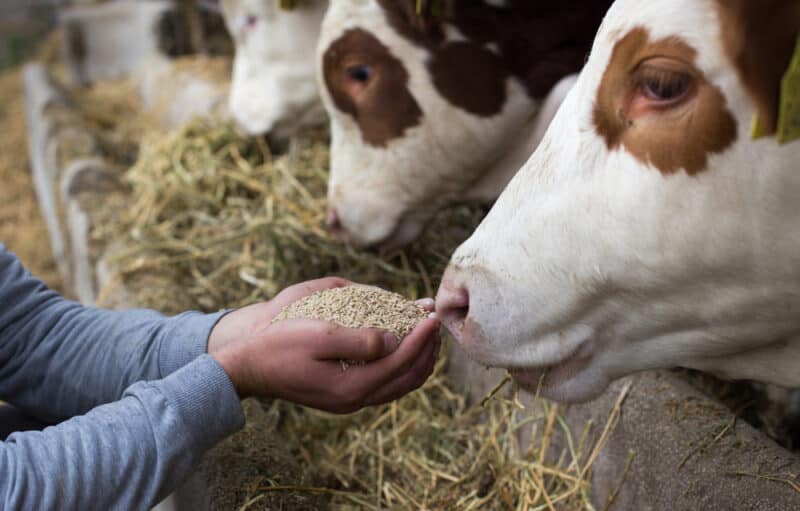
I buy my beef from a local farmer who has been raising cattle for beef and milk all his life. He is not certified organic, and his cattle do get some grain. But the grain they get is grown on the farm – a little bit of oats and corn.
Their days are spent grazing in the sunlight during the warm seasons and munching home-grown hay in the winter. I’m happy with the balance he strikes between primarily grass-fed and lightly grain-finished.
The terms “grass-fed” and “grass-finished” are not USDA-regulated terms. That means there aren’t any consistent standards as to what constitutes grass-finished. When buying beef in the grocery store, far from the farmers who raised the animals, it can be difficult to know if the label is worth the price.
The Differences Between Grass and Grain-Fed Beef
Cattle are designed to graze on pasture. Naturally, they eat a diet of grasses, wildflowers, and other field plants that spring up in grassy areas.
A steer on a pasture can eat almost continuously throughout the day – wandering from one part of the pasture to another. If there are a variety of grasses and grains in the field, the cattle will naturally consume a vast array of foods.
But most pastures aren’t as variable as our animals might like. And if an animal is grazing on less-than-ideal pastures, he sometimes needs supplementation. Even grass-finishing farmers will set out mineral licks for their animals to ensure all trace nutrients are available.
But even with all the nuances surrounding grass-finished beef, some discernable differences exist between grass and grain-finished meat. It all comes down to what you want out of your meat.
Fat Content
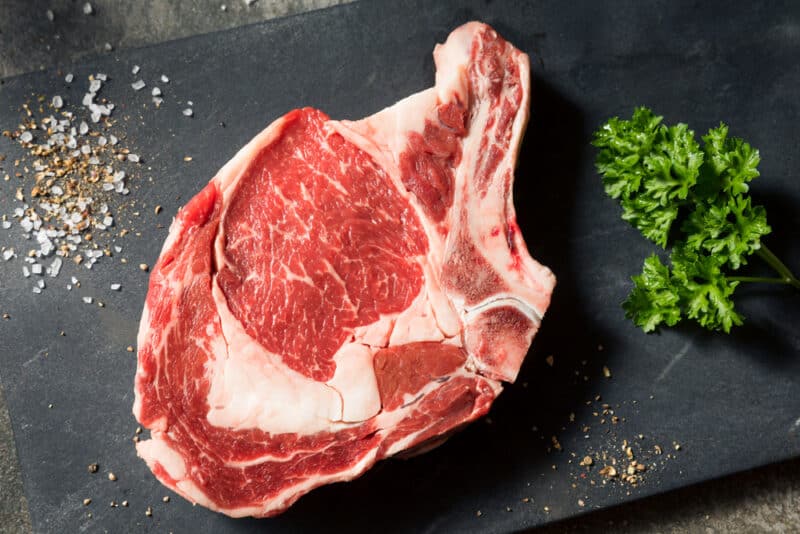
Despite that supplementation, grass-fed animals will grow more slowly, and their meat shows it. Animals that grow very quickly tend to have more fat than animals that grow slower. Grain-finished beef is marbled with fat. This marbling leads to increased tenderness and a mild, buttery flavor.
The fat on grass-finished beef is usually richer in flavor. It makes fantastic tallow. Grain-finished beef fat has a blander flavor and, depending on the quality of the grains, it can sometimes seem like your meat is too fatty.
But the marbleization of grain-finished beef also enables you to cook it longer, at higher temperatures, without drying out the meat. This extra fat melts into the meat, tenderizing it as it cooks. It is much easier to overcook grass-finished beef than grain-finished because grass-finished beef has a lower fat content.
If you are going to cook grass-finished beef for long periods of time, slow cooking, with added fats is the best way to go.
Omega 3s and 6s
More important than simple fat content is the difference between omega 3s and 6s in grass-finished versus grain-finished beef. Our modern diet is uncomfortably high in omega 6s. The ubiquitous presence of seed oils in almost all processed foods contributes to this imbalance.
Because of the abundance of soy and corn in cattle feed, grain-finished beef is also high in omega-6 fatty acids. The ratio of omega 6 to omega 3 in grain-finished beef is usually around 9:1. In grass-finished beef, the ratio is closer to 2:1 – a much healthier balance.
Since healthy levels of omega-3 fatty acids contribute to reduced inflammation in the body, if you’re struggling with one of the many inflammatory diseases prevalent today, the switch to grass-finished beef may be incredibly helpful.
Many people choose small farm grass-finished beef for this reason. I specifically chose my local farmer’s primarily grass-finished beef to make bone broth for my mom during her cancer treatments.
His farm has many consistent customers with Crohn’s disease, cancer, and fibromyalgia who have seen improvement through a diet full of grass-finished beef.
Environmental Impact
If you’re worried about the impact of your beef consumption on the environment, grain-finished beef is a bit better than grass-finished. The difference is slight, but since grain-finished beef grows to butchering weight more quickly, they produce fewer greenhouse gas emissions than grass-fed animals.
Some people would say that cutting beef out of your diet would be the best choice for the earth, and anything else is simply splitting hairs. But the truth is a bit more complex than that.
Raising animals for meat has such a small impact on the environment, and the projections about what might happen if everyone gave up meat rarely consider the environmental impact of mass consumption of plant-based alternatives.
But if you’re looking for beef with a lessened impact on the earth, grain-finished beef is your pick. And grain-finished beef raised on your own property is best.
Cooking Time
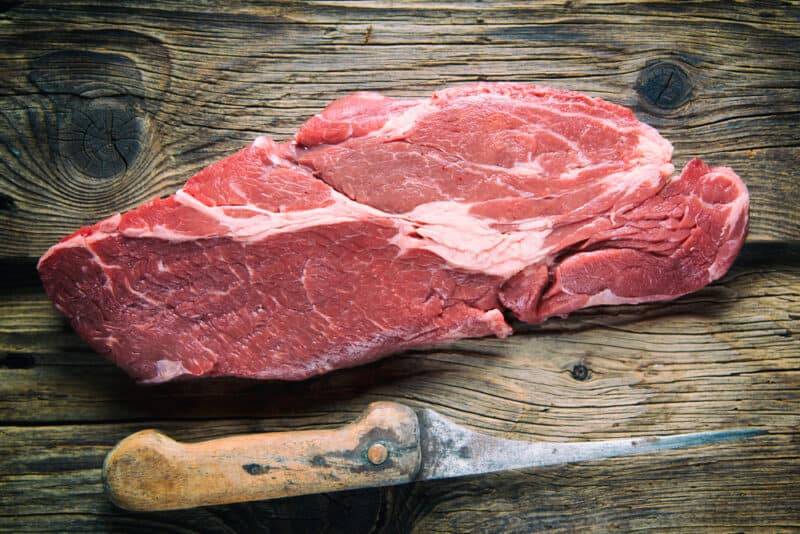
If you’re cooking grass-finished beef, expect about a 30% shorter cook time. Cookbooks from the 1950s onward will rarely take this into account. Adjust your recipes accordingly. If you have older cookbooks – especially if you, like me, like to gather antique cookbooks or collections of traditional recipes – most of these recipes will be written for grass-finished beef.
To lock in the rich flavor natural to grass-finished beef, defrost it slowly. Ideally, allow it to defrost in a cool place, like the refrigerator, over 24 hours. Heat a small amount of butter, lard, tallow, or bacon grease in a pan to sear in the juices.
Well-done grass-finished beef is rarely as good as well-done grain-finished beef. There’s not enough fat on the meat to handle being cooked that long.
But medium, medium-rare, and rare grass-finished beef is usually better than grain-finished beef. The unique, complex flavors are locked inside, and all the nutrients are ready to be absorbed.
